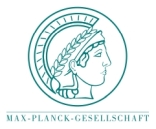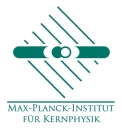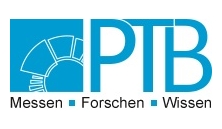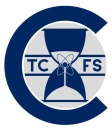Max Planck-RIKEN-PTB Center for
Time, Constants and Fundamental SymmetriesHydrogen lattice clock
Involved senior scientists and institutions in alphabetical order:
T. Hänsch,
H. Katori,
C. Lisdat ![]() ,
E. Peik,
T. Udem,
S. Ulmer –
MPQ,
PTB,
RIKEN
,
E. Peik,
T. Udem,
S. Ulmer –
MPQ,
PTB,
RIKEN
Clocks have always been the most precise instruments in all of physics and optical lattice clocks are currently leading the field. They find applications in fundamental research such as tests of general relativity and for tightening limits on a suspected slow temporal variation of fundamental constants. Besides, it is expected that their superior accuracy will lead to a redefinition of the SI second that is still bound to a radio frequency transition. Performing laser spectroscopy on atomic hydrogen is not different from running an optical clock, except that hydrogen does not seem to be a good choice for a clock. The main reason for that is that atomic hydrogen has thus far evaded laser cooling. There is no fundamental reason besides that the required wavelength of 121 nm seems very difficult to generate with current laser technology. There are, however, other possibilities that avoid this complication. Laser cooling could also be done on the 1s-2s two photon transition at 243 nm, if the long lived 2s state is appropriately quenched to the ground state. In contrast to 121 nm, lasers at 243 nm are readily available. Using a two-photon transition for cooling is expected to be far less efficient as compared to the usual Doppler cooling. It would therefore be advisable to use a precooled atomic sample. The Garching labs at MPQ operate the only cryogenic atomic hydrogen beam worldwide. It is formed with the help of a nozzle in vacuum that is held at a temperature of 5 Kelvin. This could be sufficient to cool atomic hydrogen into an optical lattice and probe the extremely sharp 1s-2s transition, just like it is done in a lattice clock. The magic wavelength for such a setting is at 515 nm, a wavelength that is readily accessible with frequency doubled ytterbium lasers that can generate very large power levels. With the hydrogen lattice clock, spectroscopy of this simple and computable atom enters the domain of ultrahigh precision of optical clocks with laser-cooled atoms. It would readily operate with trapped anti-hydrogen that is supplied at a much lower flux of atoms. To explore these possibilities the best possible alliance would be between MPQ, RIKEN and PTB, the leading labs in atomic hydrogen, optical lattice clocks, and clocks in general.





